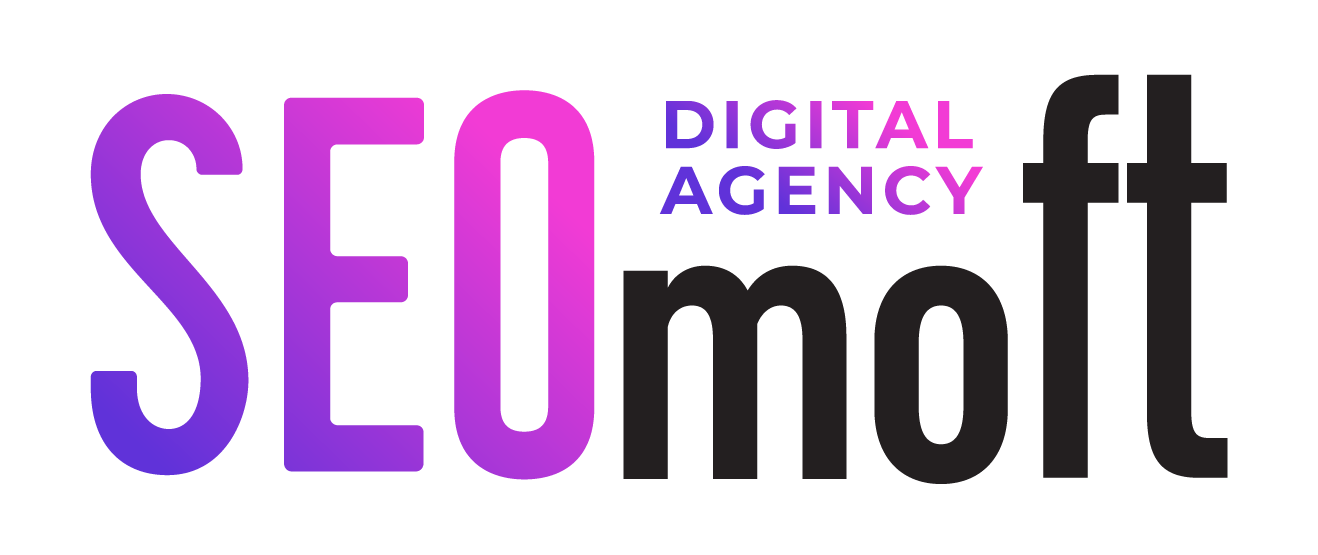More than 75 percent of consumers are inspired to make a purchase based on image and video content. When it comes to online marketing, images create a positive experience for any potential customers, and definitely, Google Images help drive e-commerce sales.
Imagine yourself as a potential buyer of any product. The product description helps you understand the product better; you know the benefits that are offered, the colors the product is available in, the size, and weight, and many other aspects. There is a tinge of uncertainty that lingers around. This uncertainty is reduced by multiple professional images of the product. Experts believe that e-commerce product images reduce customer uncertainty and increase conversion rates. The product return rates are also lower when the online marketplace is accompanied by a product image.

How Google Images Lead to Increased E-commerce Sales?
Since Google partnered with Getty Images it paved the way for a new experience for Google Images users through new search results. Two major changes were made to Google Images search after the partnership.
Change 1: Google removed the ‘view image’ button.
Change 2: Google removed the ‘search by image’ button.
The ‘view image’ button was replaced by ‘visit site,’ and the traffic from Google Search was moved to the publisher site. Now imagine you click on an e-commerce product image and you are directed towards a website that sells it! Optimized product images drive potential customers to the e-commerce website, connecting them to up-to-date and accurate product information as well.
The change is a tremendous opportunity for the e-commerce marketplace as this provides a channel for customer acquisition via Google Image Search. If you are an e-commerce owner, then it is time you made some changes and take advantage. How can you take advantage?
- By optimizing your product images
- By optimizing your e-commerce site
If you’re not fully taking advantage yet by using the e-commerce image optimization techniques, the following activities should be a priority on your list.
Image Optimization for E-commerce Websites

A prospect does not need to be looking for images specific to your brand, for them to stumble upon yours if you have appropriately optimized your images. Moreover, if you leverage image SEO properly, you can take advantage of this to put your products out there, where browsing users will find them, possibly enticing them enough to want to buy the product itself.
To summarize, the more likely a consumer is to buy your product based strictly on how it looks, the more resources you should invest in image SEO for your e-commerce site.
Now that we’ve established how important and neglected SEO for image search can be, we want to share some tactics and strategies you can use to make the most of your images.
Proper name your image files. When creating a filename, the file name should be clear, descriptive, and relevant to both the image and the page where it is uploaded. This helps Google better understand what the image shows and what the topics are represented on the page so it can be included in relevant search results.
Add alternative text to images. Also, you’ll want to add optimized alternate text. Adding a descriptive phrase in the image’s alt text field is very important when you’re trying to get that image to rank well. Image alt attributes are a must for e-commerce websites in case an image doesn’t load. Google also uses the alt text to understand image context which has been confirmed by the Google webmaster team.
Image and file size. Ensure that your images load fast and are optimized for speed. The image dimensions and the image size of the file directly affect how long it takes browsers to load your page. Also, most hosting platforms offer CDN services for fast delivery. An optimized file size improves your odds for indexing in Google Images.
Show your images in Google Knowledge Cards. Google gives the opportunity to update your product information (like Images) through their Google Manufacturer Center. You can now update your product description, variants, and rich content like images and videos that can show on the product’s knowledge panel.
Mark up your images with Schema. Make Google Images your storefront window with structured markup. A must for any e-commerce brand or retailer is adding structured data markup to websites and ensure Google understands the product images and related attributes. Google suggests adding markup to your product pages so they can provide detailed product information in rich search results, including Google Images. High intent searchers can see product price, availability, and review ratings displayed on search results.
Make sure your images are responsive. A very important ranking factor in the search results is responsive resize on the screen being used. Every year new gadgets use more and more often new techniques to adapt the images, that’s absolutely vital because it creates a much better experience for people who prefer to use mobile devices, these being always at hand.
Show your product information in Google Search & Google Images. With the recent changes to Google product feeds, you can now update your product information in real-time to match related queries from high intent searches or buyers. E-commerce business owners can upload their product feed and images to Google’s Merchant Center making them eligible for immediate display in search results for web and images search. The product information (like images) is ranked based on the relevance to search queries from the user, and best of all, it’s free to use.
Leverage your customers for authentic images. Encourage your customers to post their images (with your products) to social media platforms like Facebook and Instagram, then regenerate that content on your product and checkout pages. The user-generated content can increase trust and conversions.
Final Thoughts
If you’re looking to grow your e-commerce website sales you should optimize your images before uploading them on the website and make use of the tactics from the list above. It is essential that you keep up with the last trends and take great advantage of opportunities when they are presented. In the online world, everything moves. It’s important for you as an e-commerce owner to adapt to changing technology and to build strategies around new opportunities.
Optimized images can boost revenue, increase sales and website traffic easily. A product image is important for an e-commerce store as it creates the impression on the buyer. E-commerce customers spend less than five seconds when they click on a specific product listing. That why it is a crucial factor to have impressing images. Product images need to captivate shoppers’ attention, communicate the key benefits, and convince consumers to buy the product. Do not forget that the product images are the power of your business!
You have to remember that consumers are looking for convenient ways to research products, and snapping a photo fits the criteria. Here, at SEOmoft, we take into account the importance of image search and can turn customer image searches into a profitable strategy for your e-commerce business.
Google Images and visual search have changed the face of e-commerce. Though visual search is still in its development stage, it has a lot to offer. As for Google Images, it is a blessing in disguise to e-commerce.

